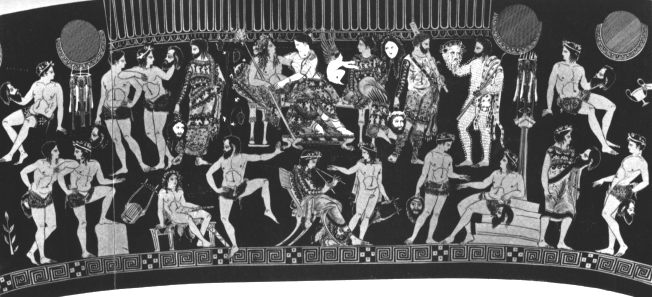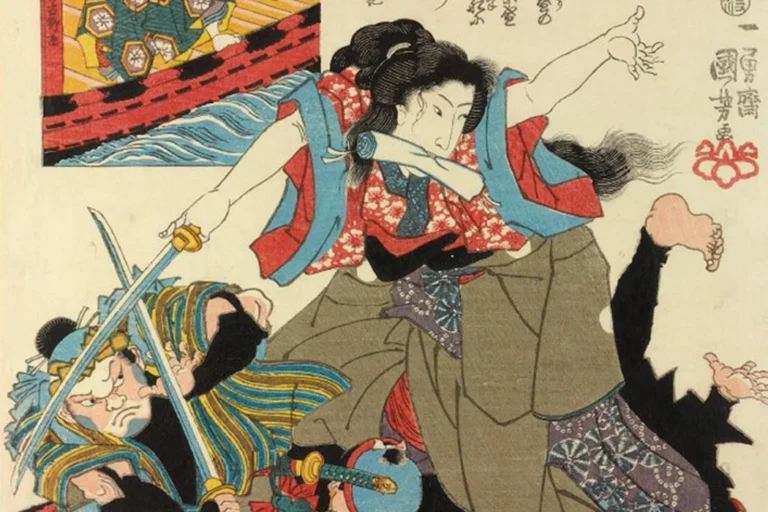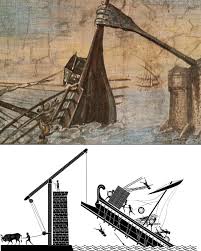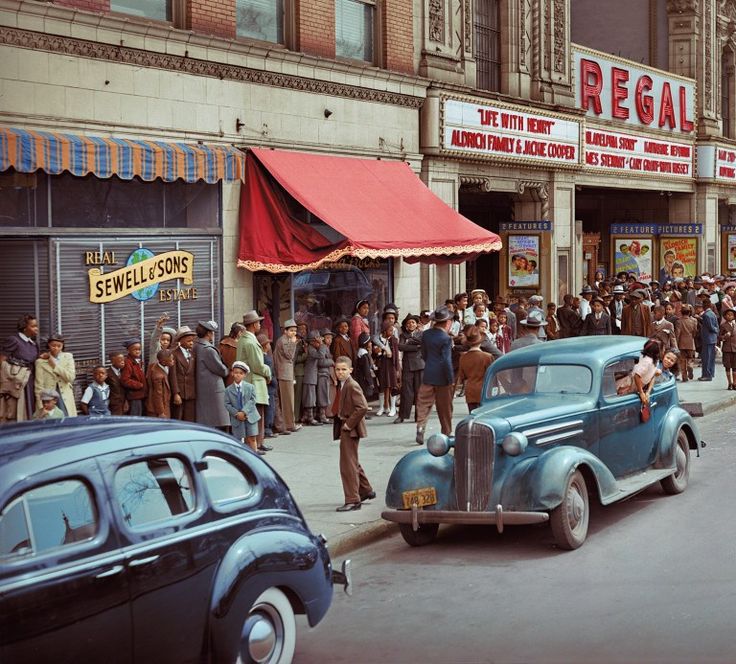The Vibrant Legacy of the Festival of Dionysus Through Paintings
The Origin and Evolution of the Festival of Dionysus
The Festival of Dionysus, also known as the Great Dionysia, was a pivotal event in ancient Greek culture, celebrated annually in honor of Dionysus, the god of wine, theatre, and fertility. This festival, which originated in Athens around the 6th century BCE, became one of the most important cultural and religious events in ancient Greece.
Dionysian festivals originally began as rural, agrarian celebrations, where Dionysus was worshiped through rituals involving wine and music. Over time, the festival evolved into an urban spectacle, particularly during the Athenian spring festival, where artistic and theatrical performances took center stage. The festival also had a political dimension, with the city’s leaders using it to showcase Athenian power and cultural superiority.
The evolution of this festival mirrored changes in Greek society. While the rural Dionysia was more about fertility rites, the urban Great Dionysia turned into a massive celebration of the arts, especially tragedy and comedy.
Visual Representation of Dionysian Rituals in Paintings

The artistic depictions of Dionysian rituals offer a unique glimpse into the cultural practices of ancient Greece. Several paintings and mosaics showcase these rituals, often focusing on processions, sacrifices, and ecstatic dances performed by the followers of Dionysus.
One of the most notable aspects of these depictions is the representation of maenads—female followers of Dionysus—often portrayed in frenzied states, dancing wildly in celebration of their god. These scenes capture the ecstasy and chaos associated with the worship of Dionysus.
The integration of these themes in paintings reflects not only the religious significance but also the emotional intensity of the rituals. The use of vibrant colors, flowing garments, and movement emphasizes the energetic and often uncontrolled nature of the celebrations.
The Role of Theatre in Festival Paintings
The theatrical competitions that took place during the Great Dionysia are crucial to understanding the festival’s legacy in art. These performances included tragedies, comedies, and satyr plays, and were staged in large open-air theaters, with tens of thousands of people in attendance.
Paintings depicting theatrical scenes from the Festival of Dionysus often highlight key moments from famous plays or portray actors in elaborate costumes. These artistic works serve as a testament to the importance of drama in ancient Greek culture, symbolizing catharsis, or the emotional cleansing that the audience experienced.
For example, many ancient vase paintings show scenes from Greek tragedies that were performed at the festival, capturing dramatic moments between the actors and chorus members. Such works allow modern audiences to visualize the grandeur and significance of these performances, which were central to the Great Dionysia.
The Use of Color and Symbolism in Dionysus Paintings

Artists who depicted the Festival of Dionysus in their works often used color and symbolism to evoke the spirit of the festival. Rich purples and deep reds are frequently employed to represent the grapes and wine that are central to the worship of Dionysus. These hues also convey the association of Dionysus with fertility, luxury, and ecstasy.
Additionally, the thyrsus, a staff wrapped in ivy and vines, is a common symbol seen in paintings and sculptures related to the festival. This staff, often held by Dionysus or his followers, represents prosperity, vitality, and the untamed forces of nature. The presence of wild animals like panthers or leopards in these artworks further underscores the connection between Dionysus and the natural world.
These symbols, combined with the vibrant use of color, help to communicate the emotional depth and sensory richness of the Dionysian celebrations.
Notable Artists Who Depicted Dionysus Festivities
Several renowned artists throughout history have captured the essence of the Festival of Dionysus in their works. Wilhelm von Kaulbach, a 19th-century German painter, is one of the most famous for his interpretation of the Great Dionysia. His detailed historical scenes bring to life the grandeur of the festival, emphasizing the theatrical and ritualistic aspects of the event.
Other notable painters, like Nicolas Poussin and Caravaggio, have also explored Dionysian themes in their works, often focusing on the ecstatic and sometimes chaotic nature of Dionysus’ followers. Their depictions of Bacchanalian revelry (another term for Dionysian celebrations) illustrate the powerful, emotional resonance these festivals held in both ancient and more modern times.
Impact of the Festival on Greek Art and Culture
The Festival of Dionysus had a profound influence on Greek art and culture, particularly in the realm of theater. The performances that were central to the festival helped shape the development of Greek drama, which remains a foundational element of Western literature and performance.
Additionally, the festival’s celebration of wine, fertility, and ecstasy permeated Greek art, inspiring countless sculptures, vase paintings, and mosaics that depict scenes of revelry and worship. These artistic works have endured through the centuries, influencing subsequent generations of artists and scholars.
In fact, many modern interpretations of ancient Greek life are based on the visual records left behind by these artworks, making the Festival of Dionysus an enduring symbol of both Greek religious practice and artistic expression.
Preservation and Influence of Dionysian Artworks Today
Today, many Dionysian-themed artworks are preserved in museums around the world, offering insights into the ancient festival and its cultural significance. These works continue to inspire contemporary artists, who often draw on the rich symbolism of the festival in their own interpretations.
The influence of Dionysian themes can be seen in modern celebrations of wine festivals, theatrical performances, and artistic movements that embrace themes of freedom, chaos, and creativity.
Through careful preservation and ongoing study, these ancient artworks remain a testament to the lasting legacy of the Festival of Dionysus.
The Lasting Legacy of Dionysian Art
The Festival of Dionysus has left an indelible mark on the history of art and culture. Its celebration of theatre, wine, and fertility continues to resonate in contemporary society, influencing everything from modern theater to visual arts. The paintings that depict this ancient festival provide invaluable insights into the cultural and religious practices of the ancient Greeks, allowing us to understand the complex relationship between art, religion, and society.
Table: Key Figures in the Festival of Dionysus
| Character | Role | Significance |
|---|---|---|
| Dionysus | God of Wine, Theater, and Fertility | Central deity worshiped during the festival |
| Maenads | Female followers of Dionysus | Known for their ecstatic dances and rituals |
| Satyrs | Male companions of Dionysus | Represented fertility, indulgence, and wild nature |
| Thespis | First actor in Greek drama | Credited with introducing dialogue to the festival’s performances |
Meta Description
Explore the artistic representation of the Festival of Dionysus through detailed analysis of key paintings, highlighting the event’s historical, cultural, and symbolic significance.
FAQs
Q: What is the Festival of Dionysus?
A: The Festival of Dionysus was an ancient Greek celebration honoring Dionysus, the god of wine, theater, and fertility. It included theatrical performances and religious rituals.
Q: How did the Festival of Dionysus influence Greek theater?
A: The festival was the birthplace of Greek tragedy and comedy, shaping the foundation of Western theater.
Q: Why is Dionysus associated with wine?
A: Dionysus is the god of wine, representing not only the drink itself but also its cultural and religious significance in Greek society.






